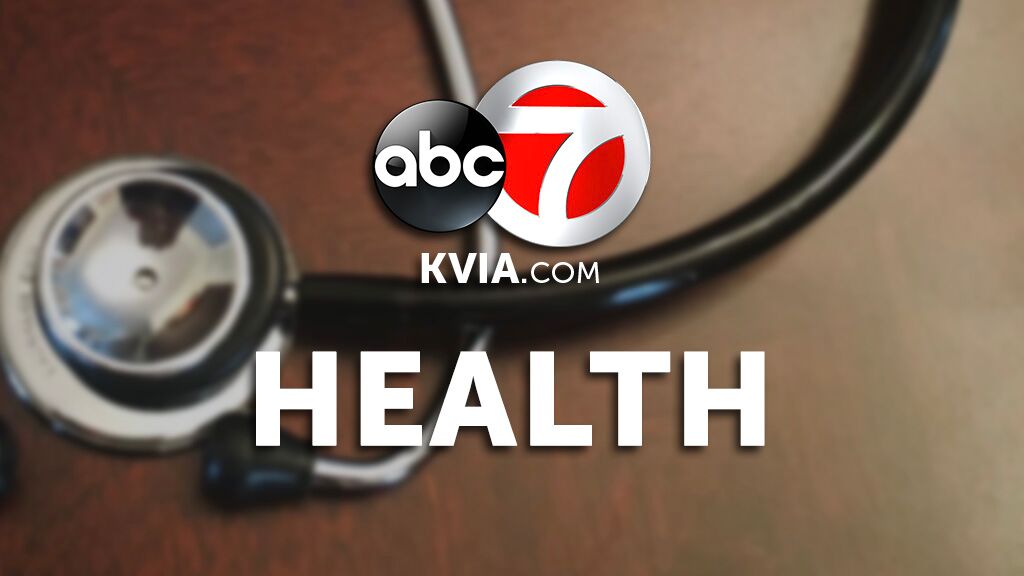Wuhan coronavirus is already in the US. The strategy for now isn’t to stop it, but to slow it

It has been two weeks since the first US case of Wuhan coronavirus was announced, and the US strategy to fight it has become clear: It’s impossible to stop this virus right now — it can only be slowed down.
There are several reasons why.
First, people are flying into the United States every day from China, where the newly discovered virus has infected thousands of people. While there are health screenings at US airports, quarantines for some passengers and even limits on who is allowed into the United States, a government official says there’s no way to catch every infected person.
The US Centers for Disease Control and Prevention expects to find more coronavirus cases in the United States, and more cases involving person-to-person transmission. Still, it says, the risk to the American public is low.
“It’s important to know that this strategy is not meant to catch every single traveler returning from China with novel coronavirus,” Dr. Nancy Messonnier, director of CDC’s National Center for Immunization and Respiratory Diseases, said at a press briefing Monday. “Given the nature of this virus and how it’s spreading, that would be impossible. But working together, we can catch the majority of them.”
The goal instead is “to slow the entry of this virus into the United States,” she said.
It’s now a much more daunting task to screen travelers from China than during the SARS outbreak in 2003, said Dr. William Schaffner, a longtime CDC adviser.
SARS — or severe acute respiratory syndrome — also originated in China.
“The volume of travel has hugely increased since then,” he said. “We have many, many more people travelling to and from the interior of China than we used to have. That makes this a much greater challenge.”
Another factor that makes the current outbreak challenging is that, as the number of cases grows, it becomes more and more difficult to do what disease detectives call contact tracing: tracking down everyone these infected people have had contact with and then, if necessary, testing those people for the virus.
In just two weeks, 11 people in the United States have tested positive for the Wuhan coronavirus. To put that in perspective, during the entire SARS outbreak, there were just eight laboratory confirmed cases over a period of many months, according to the CDC.
In the current outbreak, with so many cases in such a short period of time, “your resources become swamped,” Schaffner said.
The US Food and Drug Administration announced on Tuesday it authorized emergency use of the CDC-developed coronavirus test in qualified labs around the United States. Previously, the test for the Wuhan coronavirus could only be performed at CDC headquarters in Atlanta. As of Monday, the agency has tested 178 people, and all but 11 have been negative. In addition, 82 specimens are on the way to the CDC or awaiting testing there.
The CDC had said it was trying to get the test out to state health departments to speed things up.
“This is very, very important, and I think the CDC recognizes that,” said Schaffner, an infectious disease specialist at Vanderbilt University Medical Center. “I think they’re working literally day and night to get these testing kits assembled and training done so state health departments can do this testing.”
Further complicating matters is that the test isn’t always accurate.
The FDA noted that negative results on the test do not preclude infection with the virus, and negative results must be combined with clinical observations, patient history and epidemiological information.
“A negative test result most likely means the person is not infected. However, it may mean that an infection has not developed enough to be detected by the test,” Messonnier said at Monday’s CDC briefing.
She added that CDC has been asking doctors for multiple samples, including swabs from the nose and throat.
“This is a new virus and the best timing and the right type of sample to determine if someone is infected with this new virus has not yet been determined,” she said.
Even with the limits on resources and the uncertainty in testing, Schaffner said the CDC can still contain the outbreak.
“Life is not perfect, but we can deal with these issues,” he said. “It’s clear that given finite resources, we’ve had to adjust our public health goals, but they are still very, very rigorous.”
